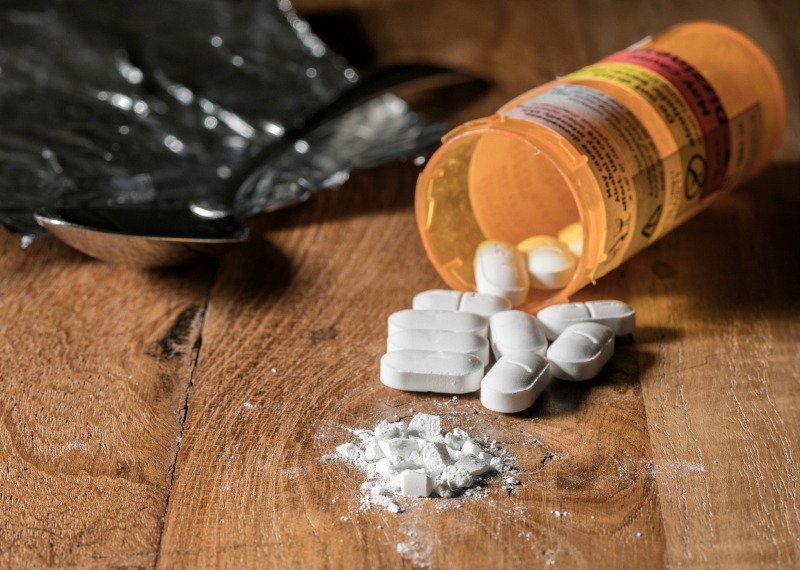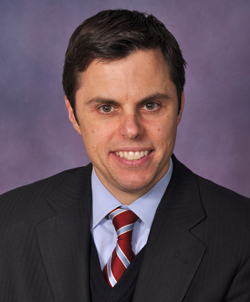Beyond the News is a feature that takes a closer look at a Wayne State news story by briefly interviewing a campus expert on the topic. Send your ideas for future Beyond the News topics to tedmontgomery@wayne.edu.
 A Wayne State task force formed in July 2016 to study the safe use of controlled medications has helped reduce the number of fatal overdoses involving heroin and prescription opioids, according to the university’s Associate Vice President of Government Health Affairs Doug Skrzyniarz.
A Wayne State task force formed in July 2016 to study the safe use of controlled medications has helped reduce the number of fatal overdoses involving heroin and prescription opioids, according to the university’s Associate Vice President of Government Health Affairs Doug Skrzyniarz.
The task force — charged with studying the misuse of controlled substances — found that many overdose victims could be saved by the swift administration of naloxone, an opioid antagonist. The task force identified naloxone training for Wayne State police officers as a way to stem the tide of deaths from opioid overdoses.
Naloxone training for Wayne State police officers began last November and is ongoing. Officers carry kits with two naloxone nasal spray capsules — enough to reverse most opioid overdoses long enough for transportation to the nearest emergency room. Kits and training were provided by the Detroit Wayne Mental Health Authority, and were also provided to the Michigan State Police and Detroit Police Department. The Detroit Wayne Mental Health Authority found that 29 lives have been saved over the past six months as a result of timely administration of naloxone.
 We recently asked Skrzyniarz to tell us more about this important initiative.
We recently asked Skrzyniarz to tell us more about this important initiative.
What was the genesis for the formation of this task force?
The opioid epidemic has affected every walk of life, including students, faculty, staff and the community we serve. The epidemic has also affected Detroit and the suburbs. As leaders across the state and here in Southeast Michigan in training health care professionals, it became a priority for us to identify ways we could help. President Obama called on all medical schools to adopt the Centers for Disease Control and Prevention’s new guidelines in our curriculum to better prepare our medical students and medical residents to handle patients with substance abuse. Ultimately, President Wilson and Vice President of Health Affairs David Hefner formed the task force to formally provide recommendations on the university’s response to the crisis.
How does this initiative align with Wayne State’s commitment to public health and the work it does related to substance abuse and mental health in our communities?
Wayne State is one of the largest providers of substance abuse treatment in the country. Our department of psychiatry alone provides more than 40,000 doses of methadone each year. The College of Nursing has a specialty program that provides additional training to students on how to best treat patients with substance abuse. Our school of pharmacy and allied health professionals are on the frontline of identifying better ways to manage pain as it relates to opioid addiction.
What sort of ongoing commitment or enhancements could be made to support or grow this initiative?
The task force is planning on hosting a summit next year on substance abuse and opioid addiction for our students, faculty and staff, as well as for professionals in the community who interact on this issue. The task force is also seriously considering joint curriculum programs, where students from all the health professional schools and colleges take a standard class on substance abuse and proper prescribing. Whether they are a physician or a social worker, the class would help students learn early how to collaborate in a team-based care environment, and it would also help pool resources to make sure students get access to top faculty members who are experts in this field. The task force will also oversee the implementation of the 20 recommendations the task force identified. This will be a sustained multiyear effort.